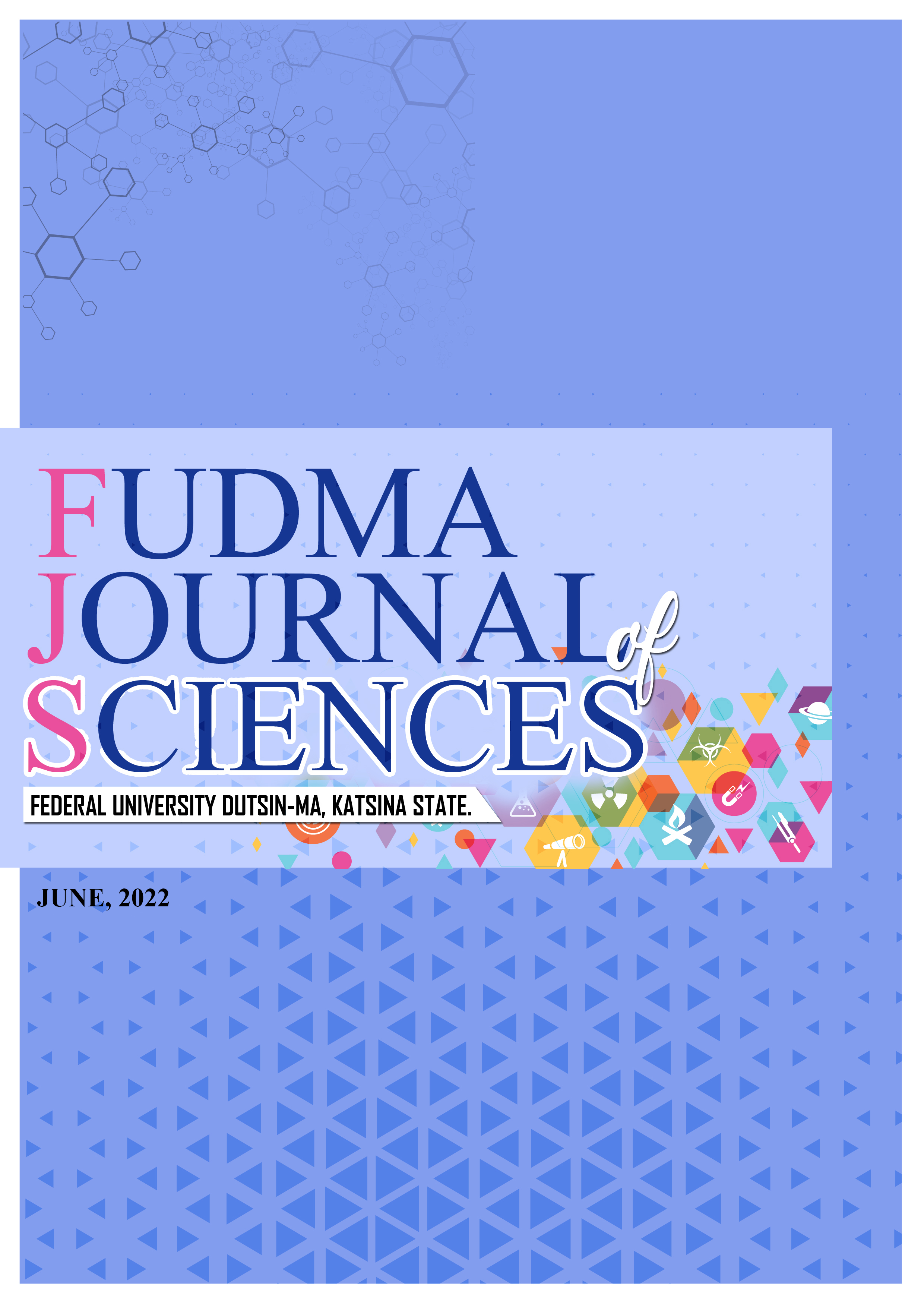PREPARATION AND OPTICAL ANALYSIS OF COPPER SULPHIDE THIN FILM USING CHEMICAL BATH DEPOSITION METHOD
Keywords:
Bandgap, Deposition, Film, TransmittanceAbstract
Copper Sulphide thin films is a metal usually found in superconducting films, diamond films, among others Solution growth method was used for the preparation of CuS thin films on glass substrates at various temperatures and deposition times. In this research, optical properties of these films were investigated. It is used in ultra violet range and microwave shielding. Best deposition was obtained at 600C. The corresponding 14950 Å film showed 3.7% transmittance at 300 nm and the band gap of the films was within 1.35 – 2.35 eV.
Dimensions
Published
26-09-2022
How to Cite
Atta, N. A., Muhammad Kabeer, S. ., & David Femi, M. . (2022). PREPARATION AND OPTICAL ANALYSIS OF COPPER SULPHIDE THIN FILM USING CHEMICAL BATH DEPOSITION METHOD. FUDMA JOURNAL OF SCIENCES, 6(3), 307 - 312. https://doi.org/10.33003/fjs-2022-0603-1079
Issue
Section
Research Articles
Copyright & Licensing
How to Cite
Atta, N. A., Muhammad Kabeer, S. ., & David Femi, M. . (2022). PREPARATION AND OPTICAL ANALYSIS OF COPPER SULPHIDE THIN FILM USING CHEMICAL BATH DEPOSITION METHOD. FUDMA JOURNAL OF SCIENCES, 6(3), 307 - 312. https://doi.org/10.33003/fjs-2022-0603-1079





